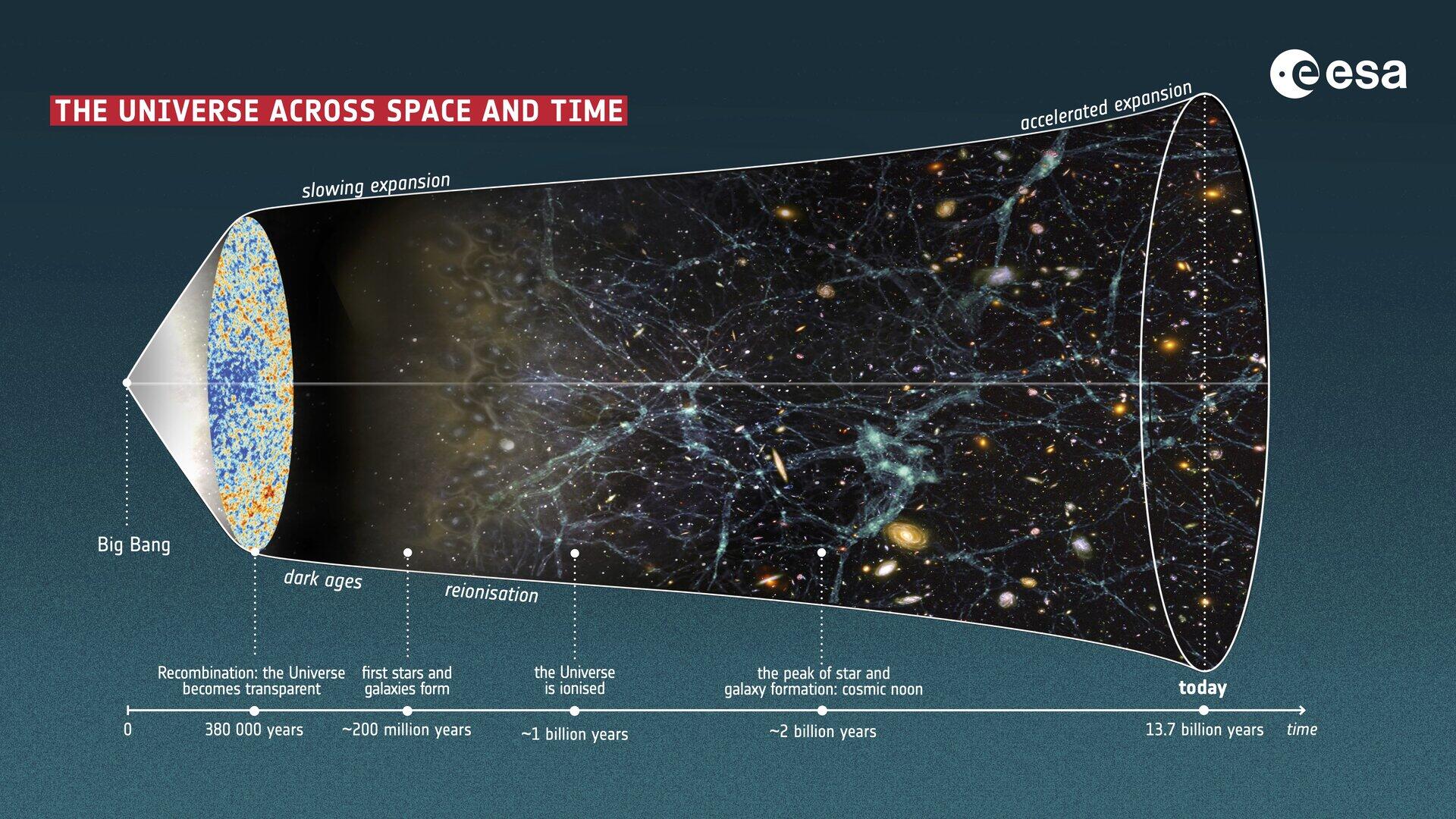Astronomers have made significant strides in understanding the enigmatic structures known as “radio relics,” which are vast arcs of radio emissions stretching across millions of light-years. These relics emerge from the cataclysmic collisions of galaxy clusters, driven by shock waves that accelerate particles to near-light speed. A new study led by researchers at the Leibniz Institute for Astrophysics Potsdam (AIP) aims to clarify the complex physics behind these phenomena, resolving previously perplexing contradictions.
The research team utilized high-resolution simulations to model the formation and evolution of radio relics, successfully replicating behaviors observed in actual astronomical data. Observations from notable telescopes, including NASA’s Chandra X-ray Observatory and Europe’s XMM-Newton, had previously indicated magnetic fields within these relics that far exceeded theoretical predictions. The shock waves associated with these relics appeared inconsistently strong, leading to confusion regarding their ability to accelerate electrons effectively.
Joseph Whittingham, the study’s lead author and a postdoctoral researcher at AIP, emphasized the importance of their multi-scale approach. The researchers examined a particularly energetic merger between two galaxy clusters, where one cluster was approximately 2.5 times heavier than the other. As these massive clusters collided, they generated arc-shaped shock waves nearly 7 million light-years in length.
To delve deeper, the team created detailed “shock-tube” simulations that enabled them to focus on the intricate interactions between shock waves and the tumultuous environments surrounding galaxy clusters. This meticulous modeling allowed them to explore how electrons are accelerated at shock fronts and how the resulting radio emissions would be detected by telescopes.
Clarifying Complex Interactions
The simulations revealed that as a shock wave propagates through a galaxy cluster, it eventually encounters additional shocks generated by cold gas falling into the cluster from the cosmic web. This interaction compresses the surrounding plasma into dense sheets, which then collide with smaller gas clumps, creating a turbulent environment that amplifies magnetic field strengths beyond what individual shocks could achieve. This finding aligns with the unexpectedly high magnetic field measurements observed in radio relics.
Study co-author Christoph Pfrommer noted that this mechanism generates turbulence, twisting and compressing magnetic fields to match the observed strengths. The research further clarifies that as shock waves interact with dense gas clumps, specific regions of the shock front become significantly enhanced, leading to more efficient electron acceleration.
The research team explains that these bright, compact areas dominate the radio signals detected by telescopes, while X-ray observations measure the average strength of the shock, which includes its weaker regions. This discrepancy had long puzzled astronomers, but the new findings suggest that the lower average strengths inferred from X-ray data do not contradict the underlying physics of radio relics.
Ultimately, the simulations demonstrate that only the most robust, localized areas of the shock front are responsible for the majority of the radio emissions, indicating that the findings align with the complex nature of these cosmic phenomena.
Implications for Future Research
This groundbreaking study not only addresses longstanding questions regarding radio relics but also sets the stage for future investigations into the mysteries of the universe. Whittingham expressed optimism about building on their findings to explore unresolved questions surrounding these intriguing structures further.
The results of this research have been accepted for publication in the journal Astronomy & Astrophysics and were made available on the pre-print repository arXiv on November 18, 2023. As astronomers continue to refine their understanding of the cosmos, studies like this one highlight the intricate dance of forces that shape our universe.







